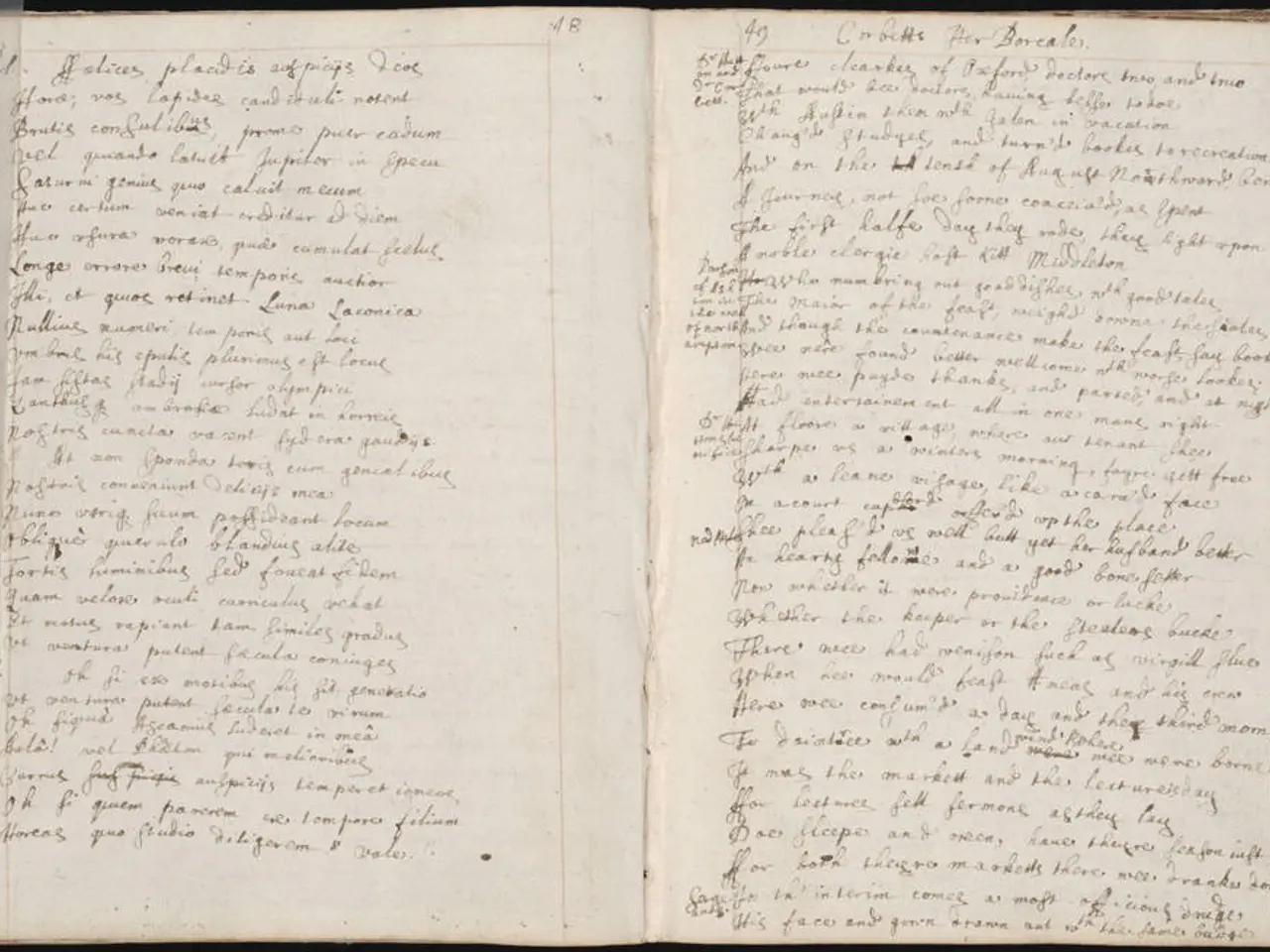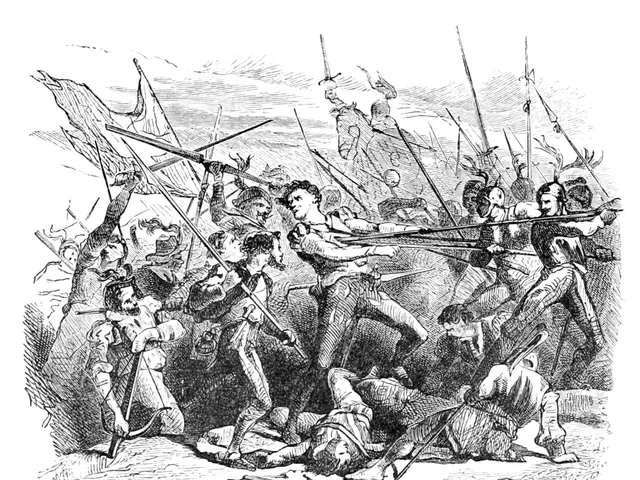Strategies for Involving Diverse Learners in Natural Writing while Respecting Autonomous Education in Nature
In an effort to make nature writing accessible and engaging for all, educators can design activities that cater to various learning styles. By aligning the activity format and environment with preferred ways of engaging and processing information, learners can fully immerse themselves in the natural world and express their discoveries in meaningful ways.
Kinesthetic Learners
For those who learn best through physical interaction, hands-on nature walks, hikes, or garden exploration can be particularly beneficial. Kinesthetic learners can collect natural objects such as leaves and stones, using these as inspiration for descriptive or reflective pieces based on tactile experiences. Activities like "I Spy" or collecting samples can help kinesthetic learners connect movement with ideas, fostering a strong connection between their senses and their writing [1][5].
Visual Learners
Visual learners benefit from having visual aids such as charts, maps, diagrams, and nature photography during nature activities. Encouraging them to take notes, sketch scenes, or create mind maps that organize their observations visually before writing can help them process and retain information more effectively. Watching tutorial videos about nature writing techniques or reading illustrated field guides can also support their learning style [3].
Social Learners
Activities that involve group discussions, collaborative nature journals, or paired observation and storytelling can be beneficial for social learners. These learners thrive on sharing ideas aloud and co-constructing narratives about nature, stimulating learning through interaction [4].
Solitary Learners
Offering opportunities for individual reflection and uninterrupted time outdoors can be particularly beneficial for solitary learners. Creating a quiet nook or a designated “nature writing spot” encourages deep concentration and self-paced exploration, allowing solitary learners to delve into their thoughts and feelings about the natural world [4][5].
Analytical Learners
Activities that include classification of species, categorizing natural elements, or investigating ecological patterns can be engaging for analytical learners. Prompts that require structured writing such as reports, comparisons, or cause-and-effect essays appeal to their logical nature. Hands-on labs with natural materials support deeper analysis and synthesis [1].
Artistic Learners
Encourage creative expression through poetry, metaphor-rich narratives, or visual art integration with writing for artistic learners. Providing materials for both writing and drawing, linking nature’s aesthetics to creative storytelling or descriptive passages can help artistic learners express their unique perspectives on the natural world [1][5].
By integrating these approaches, educators can design a multifaceted nature writing program that addresses diverse learner needs, maximizing engagement and learning effectiveness outdoors. Utilizing space arrangements that support movement, social interaction, and quiet reflection further enhances personalized learning [2][4].
References:
[1] National Wildlife Federation. (n.d.). Nature-based literacy: Engaging children in nature through writing. Retrieved from https://www.nwf.org/-/media/PDFs/Educational-Resources/Nature-Based-Literacy.ashx
[2] Ritchie, D. (2016). The power of place-based education. The Guardian. Retrieved from https://www.theguardian.com/education/2016/mar/14/the-power-of-place-based-education
[3] The Nature Conservancy. (n.d.). Nature journaling: Connecting people with nature through writing. Retrieved from https://www.nature.org/en-us/about-us/where-we-work/united-states/alaska/stories/nature-journaling-connecting-people-with-nature-through-writing/
[4] Tilbury, J. (2018). The power of solitude: How being alone can make us more creative. The Telegraph. Retrieved from https://www.telegraph.co.uk/science/2018/08/13/power-solitude-how-being-alone-can-make-us-more-creative/
[5] Whitaker, C. (2016). The art of nature: Encouraging children to write about the natural world. TES Connect. Retrieved from https://www.tes.com/lessons/english-literature/the-art-of-nature-encouraging-children-to-write-about-the-natural-world
- Kinesthetic learners can utilize their tactile experiences with natural objects during hands-on activities, using these as inspiration for descriptive or reflective pieces that integrate their senses with creative writing.
- Visual learners can benefit from using visual aids, such as nature photography and mind maps, to organize their observations and retain information when engaging in nature writing activities, making the learning process more effective and engaging.




